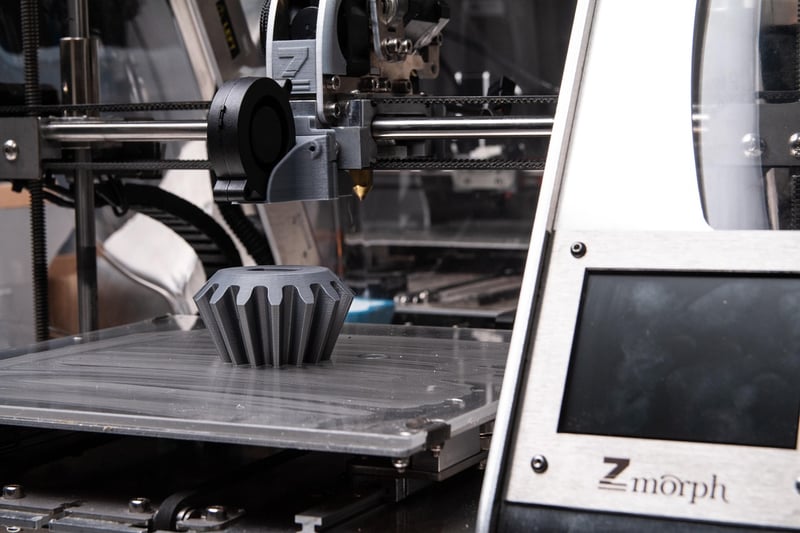Space Habitats
The Future of Space Exploration: Cutting-Edge Technologies for Space Habitats
As humanity looks towards the stars, the concept of space habitats is becoming increasingly important. These habitable structures in space will serve as our homes and workplaces as we venture further into the cosmos. To support life in the harsh environment of space, cutting-edge technologies are being developed and implemented. Let's explore some of these innovative technologies that will shape the future of space habitats.
1. 3D Printing
3D printing technology is revolutionizing the construction of space habitats. Using advanced materials such as regolith (moon dust) and recycled plastic, 3D printers can create durable structures layer by layer. This technology allows for rapid and cost-effective construction in the challenging conditions of space.

2. In-Situ Resource Utilization (ISRU)
ISRU involves utilizing resources found in space, such as water ice, metals, and minerals, to sustain human life and support habitat construction. By reducing the need to transport resources from Earth, ISRU technologies make space habitats more self-sufficient and sustainable.

3. Artificial Intelligence (AI)
AI plays a crucial role in managing and maintaining space habitats. From monitoring life support systems to assisting astronauts in their daily tasks, AI systems ensure the smooth operation of space habitats. These intelligent systems can adapt to changing conditions and enhance the safety and efficiency of space missions.

4. Hydroponics and Vertical Farming
Growing food in space is essential for long-duration missions. Hydroponic systems and vertical farming techniques allow astronauts to produce fresh fruits and vegetables in the confined spaces of space habitats. These sustainable farming methods provide a reliable source of food for space travelers.

5. Virtual Reality (VR)
Virtual reality technology enables astronauts to escape the confines of their space habitat and experience the wonders of the universe. VR simulations can be used for training, entertainment, and mental well-being during long space missions, helping astronauts stay connected to Earth and maintain their psychological health.

With these cutting-edge technologies and many more on the horizon, the future of space habitats looks promising. By harnessing innovation and creativity, humanity is paving the way for sustainable living beyond Earth. The exploration of space habitats not only opens new frontiers for scientific discovery but also inspires us to dream of a future where humans thrive among the stars.
